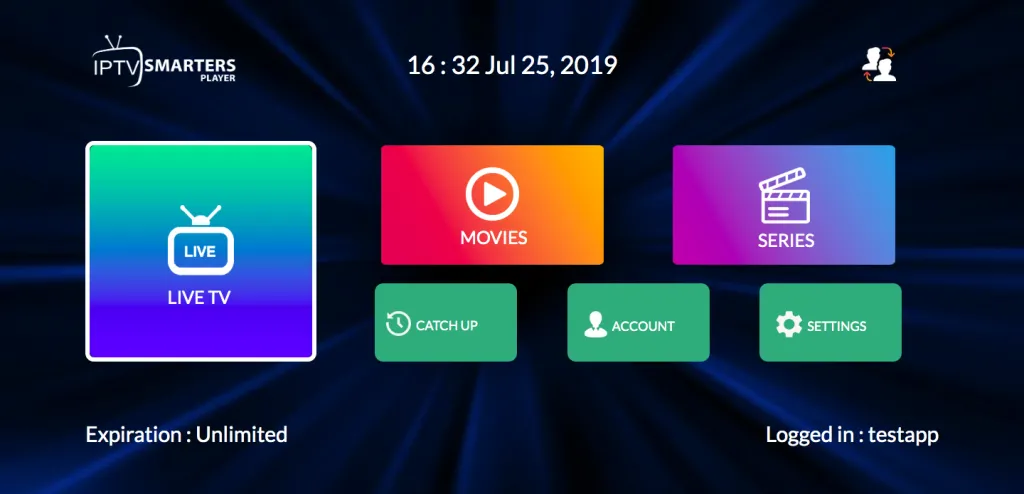Share of voice is a great way to benchmark yourself against competitors and understand your position in the market, however comparing volumes or potential reach of coverage is just the tip of the iceberg.
Here are some alternative ways to calculate your share of voice and really see how you’re measuring up against your peers.
Target media
It’s important to consider your target media when looking at your share of voice. Whether you’re aiming for coverage in the high-reaching nationals, or niche trade publications, ensure you set a target media list so you can compare yourself to your competitors based on titles you are actually trying to reach. By looking at your exposure in these outlets in comparison to your peers, you can refine it to your own priorities and even take into consideration budgeting by including a smaller, high impact set of titles if resources are low. For example, your competitor might have a greater share of voice based on volume, but if none of these articles are in the key titles, then they aren’t as much of a threat!
Sentiment
Analysing the sentiment of coverage really gives some context to your figures – a high-reaching article may sound great on paper, but if it’s a scandal story or a complaint gone viral, you won’t be too pleased. Firstly, having your coverage manually verified for sentiment ensures that analysis is accurate and that any nuances in language have been accounted for in a way that automation might not. This means that your share of voice by sentiment is as accurate as possible, and you’ll be able to better understand the full picture. Measuring your share of sentiment compared to competitors gives background to your place in the media landscape: maybe your competitors had hundreds more articles this month, but when you delve into the sentiment, they had a huge share of negativity. Moreover, if your peers are achieving a higher proportion of positive sentiment, you can consider how and why they are gaining such favourable mentions, so you can increase your efforts and hopefully follow suit going forward.
Topic
Share of voice can not only be used to look at brand awareness, but it’s also a great way to see how your products, services, or coverage themes are performing in the media compared to competitors. Knowing the number of times your product has been mentioned is great to see, however it’s much more valuable when it’s put into the context of the sector. The value of share of voice by topic is that it can be totally customisable and allows you to see exactly what you’re leading the industry in. Analysing this also enables you to see where you’re coming up short and therefore what you need to proactively increase visibility on in the future. Alternatively, you could look at competitor topic share of voice in a new field you want to branch out in – this way, you understand the media landscape and are totally aware of who to watch out for!
Share of Impact
All of these elevated ways of measuring your share of voice lead to the gold-standard method: share of impact. At Vuelio, this metric combines the factors that are most impactful to you, whether that’s positive sentiment, headline coverage, or a key message mention, and creates a bespoke impact score aligned to you and your strategy. This is the most holistic way to measure your impact in the media, as it truly takes your quantity, quality, and objectives into account, and can be used to measure different aspects of your communications in a singular, easy-to-report metric, from your monthly impact, to the success of a proactive campaign.
Reach out to us to see how our Insights team can help you.
For more on effective benchmarketing and measurement, check out how media analysis can help with your campaign planning and strategy.





